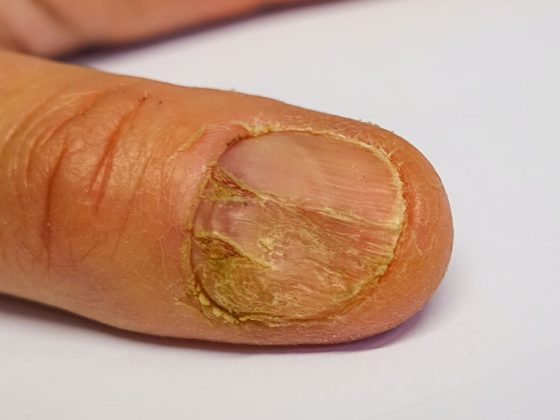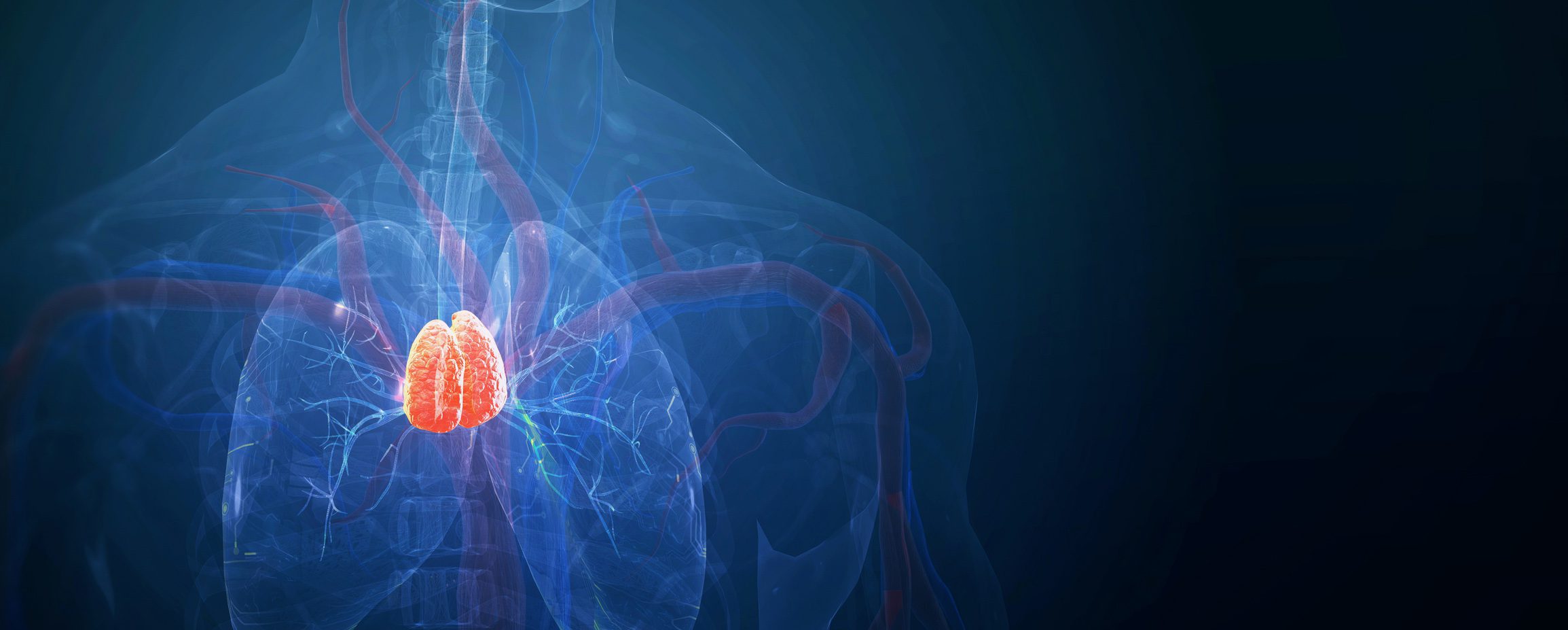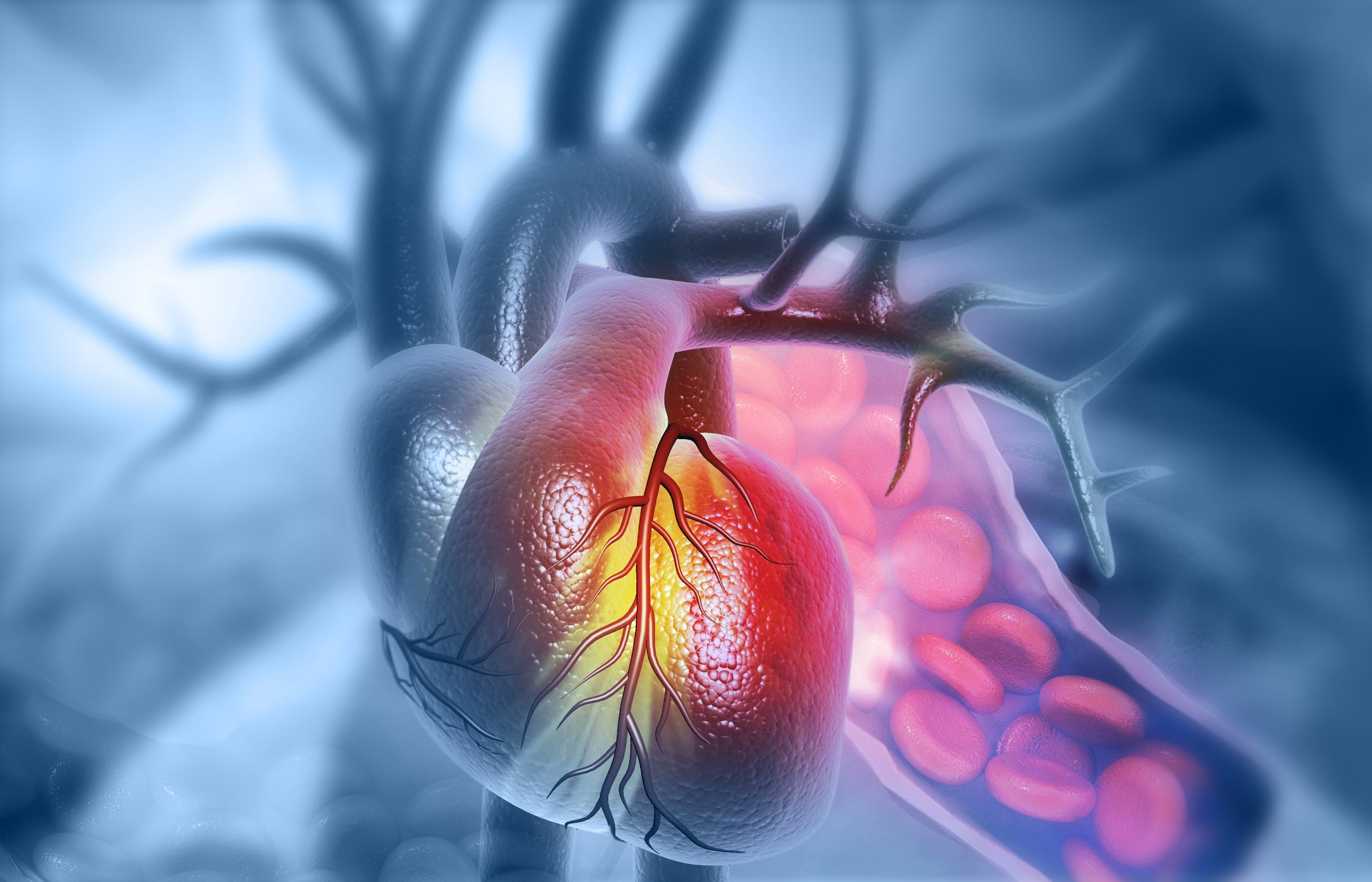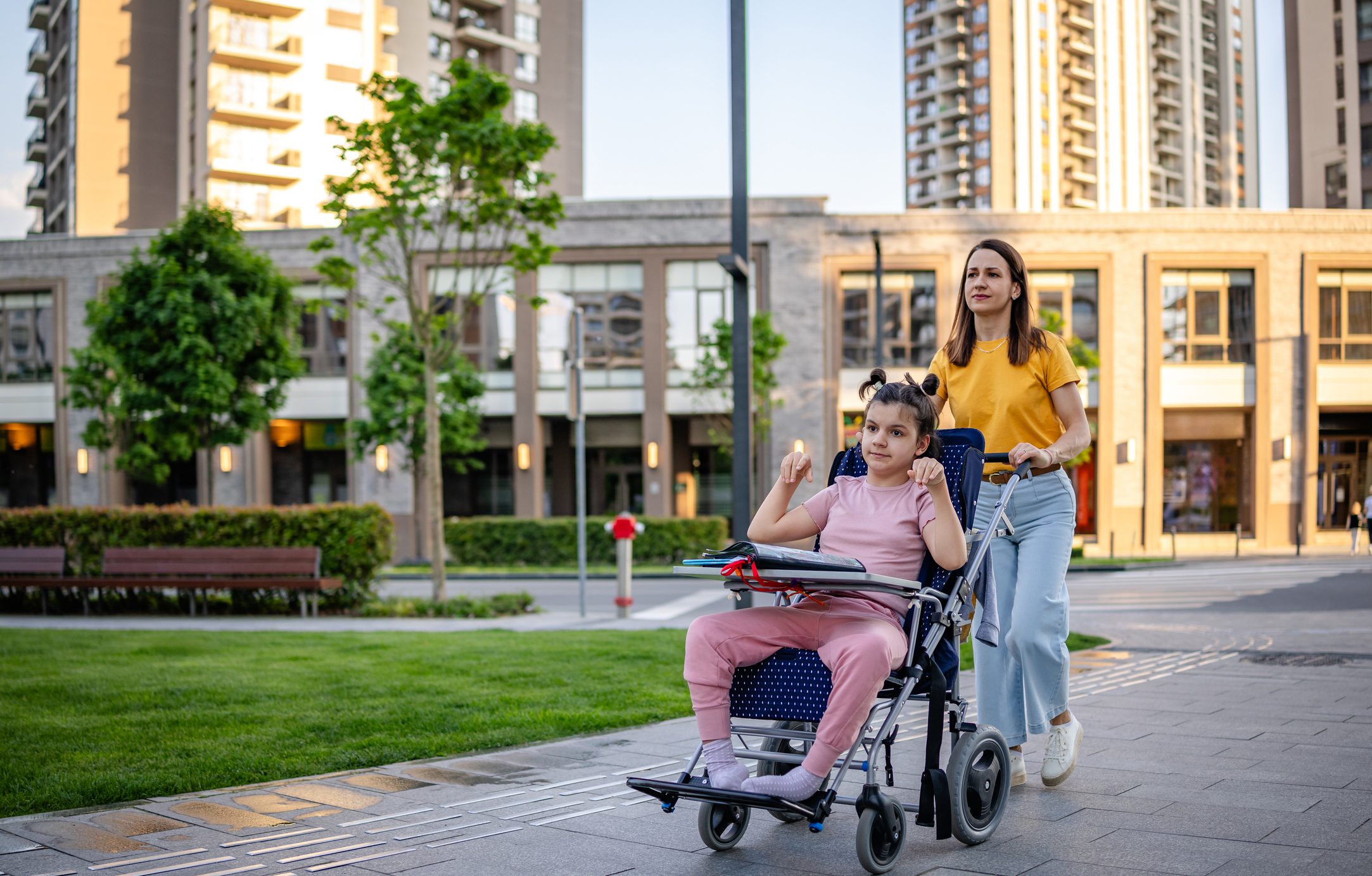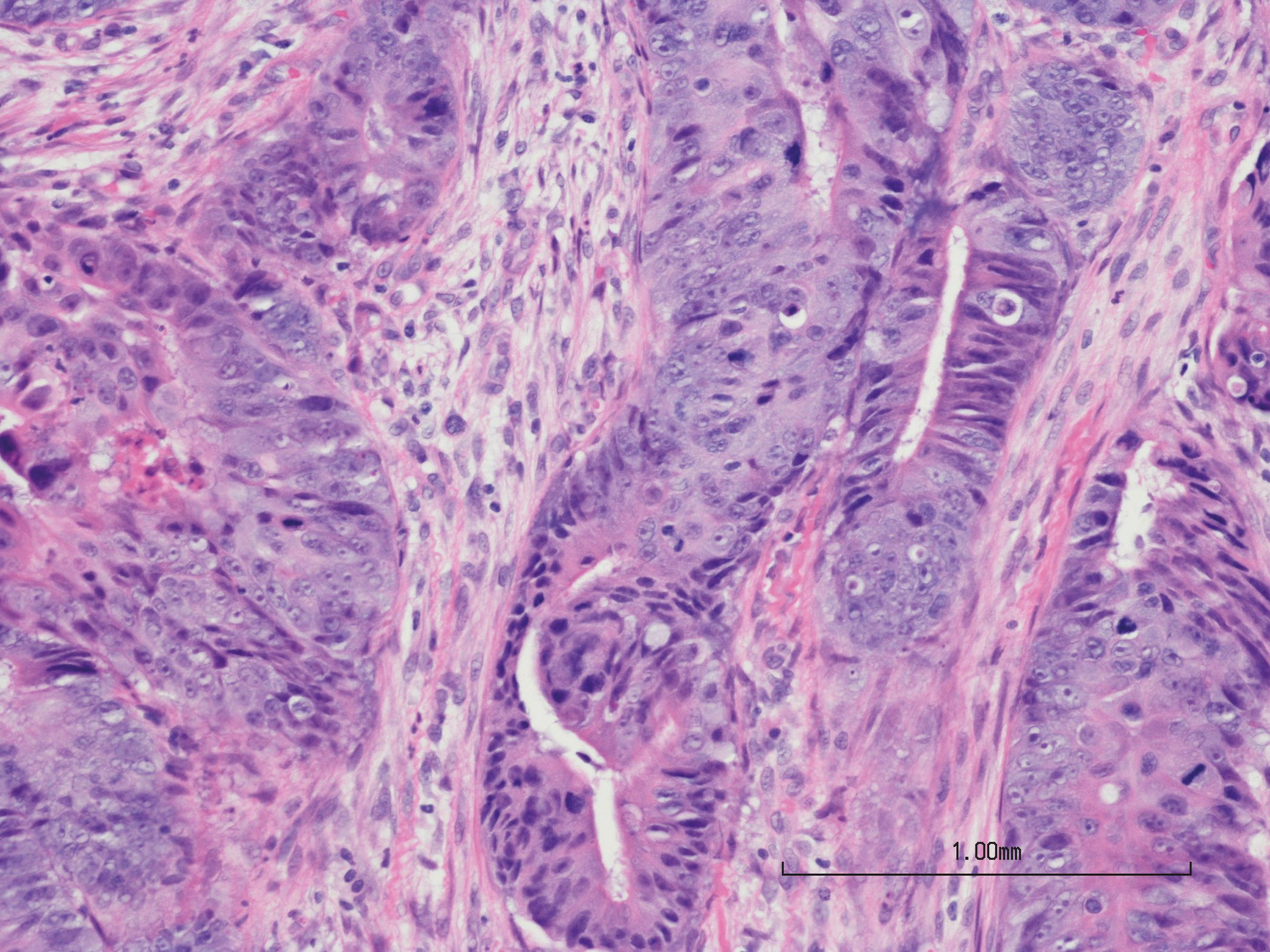Between digitalization and individualization, this year the latest findings romped under the sign of “Brain Health” on the occasion of the 95th Congress of the German Society of Neurology. In addition to targeted therapies, deleterious networks have also been the focus of research. These are also looked at more closely in neuro-oncology to restore normal function to the nervous system.
One of the main characteristics of gliomas is infiltration of the entire brain based on short tumor microtubes (TMs). One subpopulation of glioblastoma cells forms a functional and treatment-resistant network connected by TMs, whereas other subpopulations appear to have no connection to other glioma cells. A study has now investigated which cell states of glioma cells are responsible for glioma cell invasion [1]. The researchers hypothesized that tumor cells lacking connectivity to TMs were driving invasion through neuronal mechanisms. Indeed, glioma cells lacking connections to other tumor cells and astrocytes were observed to be the main drivers of glioma invasion. Overall, three layers of neuronal features of glioblastoma cell invasion were detected. This opens up potential, new avenues for clinical translational approaches to combat this incurable disease.
Progressive multifocal leukoencephalopathy
Progressive multifocal leukoencephalopathy (PML) is a serious opportunistic viral disease of the brain caused by human polyomavirus 2 (HPyV-2). It particularly affects patients with significantly impaired cellular immune defenses. To date, there is no approved therapy for PML. The use of allogeneic virus-specific T cells represents a new successful experimental treatment. Studies have aimed to identify prognostic biomarkers for the response of PML patients to therapy with allogeneic virus-specific T cells [2]. Primarily, immunological biomarkers should be used to answer the question of how therapy responders differ from non-responders. For this purpose, since 2020, PML patients have been treated with HLA-partially matched allogeneic virus-specific T cells from unrelated or related donors based on individual curative trials. In addition to an intensive clinical and liquid chemistry analysis, the immune cell composition in the blood of the patients was characterized before as well as during the treatment by using flow cytometric methods. Therapy was performed in 28 PML patients. Improvement or stabilization of neurological symptoms was observed in 22/28 patients. A total of six patients (21%) experienced a worsening of symptoms despite therapy. Of these, five patients died of PML. Already before therapy initiation and also during the course, the CD8+ T cells of responders showed significantly increased IL-2 expression compared to non-responders. An increase in pNfH as well as an increase in HPyV-2 viral load in CSF when comparing the first and last lumbar puncture correlated with a worse outcome after therapy. The researchers concluded that the reduction in viral load as well as a decrease in pNfH in the CSF are positive prognostic markers for the response of PML patients to therapy with allogeneic virus-specific T cells. Even pretherapeutically, IL-2 expression by CD8+ T cells could serve as a marker for treatment response.
Atypical Parkinson’s Syndrome – Corticobasal Syndrome
Atypical Parkinson’s disease corticobasal syndrome (CBS) is a typical clinical manifestation of 4-repeat (4R) tauopathy corticobasal degeneration (CBD) or progressive supranuclear gaze palsy (PSP), but may also be present in amyloid-positive mixed 3R and 4R tauopathy Alzheimer disease (AD). For amyloid-negative CBS, there are as yet no meaningful in vivo biomarkers that predict disease progression. The tau-PET ligand 18F-PI2620exhibits high affinity for both 3R and 4R tau. Neurofilament light chain (NFL) in plasma is a marker of neurodegeneration for detecting neuroaxonal damage. Therefore, the aim of a CBS study was to investigate the next generation tau-PETtracer 18F-PI2620and NFL as potential prognostic markers in patients with amyloid-negative CBS [3]. The CBS cohort is part of the interdisciplinary, longitudinal observational study “Activity of Cerebral Networks, Amyloid and Microglia in Aging and Alzheimer’s Disease (ActiGliA)”. 18F-flutemetamol amyloid PETand CSF were used to determine the β-amyloid status of patients at baseline and to exclude amyloid-positive patients for analysis. The amyloid-negative CBS patients met the diagnostic criteria of probable 4R tauopathy according to Movement Disorders Society PSP criteria or Armstrong CBD criteria. Follow-up clinical visits were performed after the baseline visit with clinical assessment, blood collection, and 18F-PI2620-PET. Using linear mixed effects model , a global “tau expansion” from Z-scores of 18F-PI2620standardized uptake value ratios (SUVr) of CBS patients were compared with disease severity. A total of 21 CBS patients were studied for a mean of 1.8 years. The study scales deteriorated significantly over the observation period. Higher Tau-PET Z-scores were associated with greater clinical deterioration in this regard. The more rapid clinical deterioration was also demonstrated for NFL levels in plasma. This suggests that both tau ligand 18F-PI2620and plasma NFL are potential predictive biomarkers in CBS with probable 4R taupathy.
Sjögren’s syndrome with neurological involvement
Sjögren’s syndrome is a rheumatic disease characterized by sicca symptoms of the eyes and mouth. As part of the disease, peripheral nervous system involvement occurs in up to 20%. In addition to sicca symptoms, the perception of pain and fatigue is a common symptom. The ESSPRI score has been established for the systematized assessment of pain intensity and fatigue intensity. The ESSPRI score can be used to assess the intensity of pain and fatigue before starting therapy, as well as a follow-up parameter. The aim of one paper was to present the intensity of pain and fatigue in Sjögren’s patients with neurological involvement [4]. Furthermore, predictive demographic and liquor chemistry parameters for the presence and intensity of pain and fatigue in this patient group will be investigated. A total of 191 patients were included. Complete findings of CSF analysis with determination of KFLC, as well as ESSPRI score survey were available in a total of 80 patients, who were ultimately included for data analysis. In all patients, neurologic involvement involved the peripheral nervous system, of which 46 (58%) presented with a picture of primary axonal polyneuropathy (PNP) and 34 (42%) with primary demyelinating PNP. The median ESSPRI score for pain was 5/10, with 22 (28%) patients reporting a high pain intensity of 8-10 at the time of study. The median ESSPRI score for fatigue was also 5/10, with 28 (35%) reporting a high degree of fatigue. There were no significant differences in pain intensity and fatigue at the time of study between the two groups. Similarly, there were no significant differences when comparing the liquor chemistry parameters. No significant linear regression or correlation with the ESSPRI score for pain or fatigue was found for any of the liquor chemistry and demographic parameters studied. Sjögren’s patients with neurologic involvement represent a patient population with significant burden of pain and fatigue. The studied liquor chemistry parameters are not suitable as predictive biomarkers for pain and fatigue intensity in this patient population.
Faster than FAST for stroke
The Face-Arm-Speech-Time (FAST) scheme is a component of stroke assessment in emergency medicine. The problem is, however, that only symptoms of a circulatory disturbance in the supply area of the internal carotid artery are recorded in this way. Strokes in other service areas may be overlooked and thus not adequately treated. Therefore, researchers have extended the FAST scheme to include four symptoms [5]. These include Dizzyness, Diplopic images, Deficite in field of view and Dysmetria. A prospective, monocentric observational study over a two-year period investigated whether the FAST4D scheme enabled more patients with stroke to be identified and correctly assigned by the ambulance service. The secondary questions examined the sensitivity and specificity of FAST4D compared with FAST. There were 1862 patients enrolled in the study. FAST4D identified 190 patients (13.5%) as stroke who would not have been correctly classified by FAST alone.
Congenital hydrocephalus
Hydrocephalus refers to a congenital or acquired enlargement of the internal or external cerebrospinal fluid spaces of the brain with a prevalence of approximately 1 in 1000 births. Although more than 100 genes are associated with the occurrence of hydrocephalus, the pathophysiologic cause remains unclear in the vast majority of congenital cases. Therefore, to develop a better understanding of the pathophysiology of congenital hydrocephalus, whole exome sequencing was performed in a cohort of 58 patients with hydrocephalus that was not attributable to secondary causes such as hemorrhage, tumor, or infection, among others [6]. Pathogenic variants were identified in 14 patients (24%), which were likely the cause of hydrocephalus. In addition to mutations in genes previously associated with hydrocephalus symptomatology (including L1CAM, MPDZ, FOXJ1, KIAA1109), a de novo mutation in a tubulin was identified. In addition to dilated ventricles, the affected patient also had chronic recurrent respiratory infections. Suitable
to a motile ciliopathy, the cilia of the respiratory epithelial cells were also clearly shortened after cultivation in the cell culture model.
Congress of the German Society of Neurology (DGN)
Literature:
- Venkataramani V, et al: Neuronal mechanisms of glioblastoma invasion. E-Poster DGN-P211. Neuroweek 2022.
- Möhn N, et al: Biomarker analyses in patients and female patients with progressive multifocal leukocytopenia under adoptive T-cell therapy. E-Poster DGN-P218. Neuroweek 2022.
- Palleis C, et al: 18F-PI2620 tau-PET tracer and neurofilament light chain as prognostic markers in corticobasal syndrome. E-Poster DGN-P083. Neuroweek 2022
- Konen FF, et al: Predictive factors for pain and fatigue in patients with Sjögren’s syndrome and neurological involvement. E-poster DGN-P353. Neuroweek 2022.
- Claudi C, et al: FAST4D – Optimization of stroke care by extension of the FAST scheme in the ambulance service area of the Lahn-Dill district (Hesse). E-poster DGN-P068. Neuroweek 2022.
- Wallmeier J, et al: Münster study on the genetic causes of congenital hydrocephalus- Update 2022. e-poster GNP-P015. Neuroweek 2022.
InFo NEUROLOGY & PSYCHIATRY 2022; 20(6): 24-25 (published 3.12.22, ahead of print).




